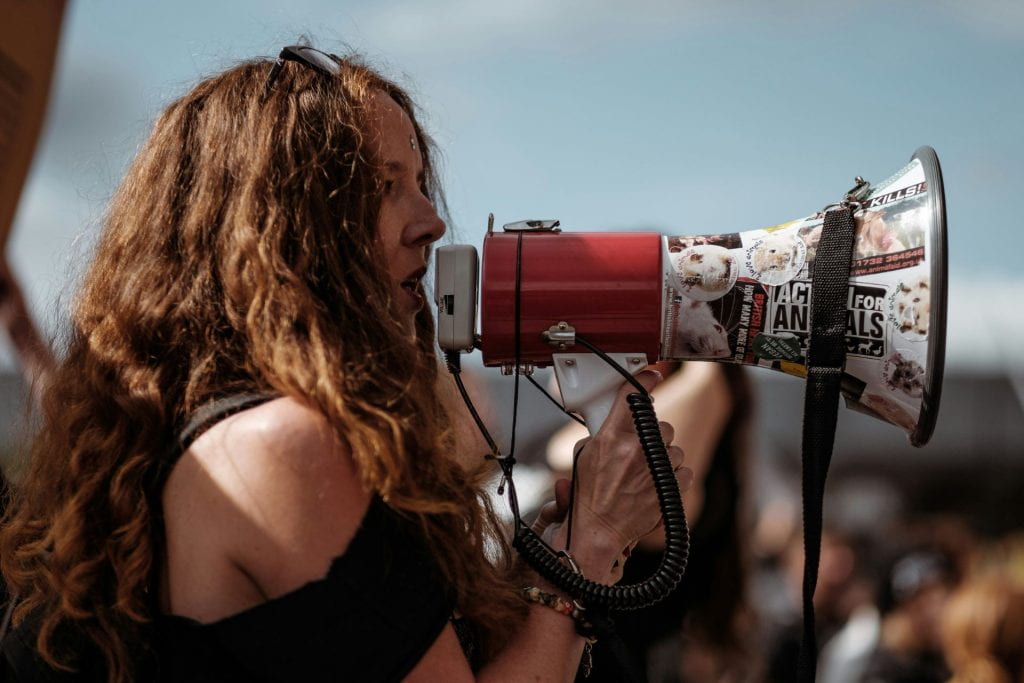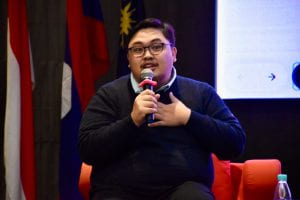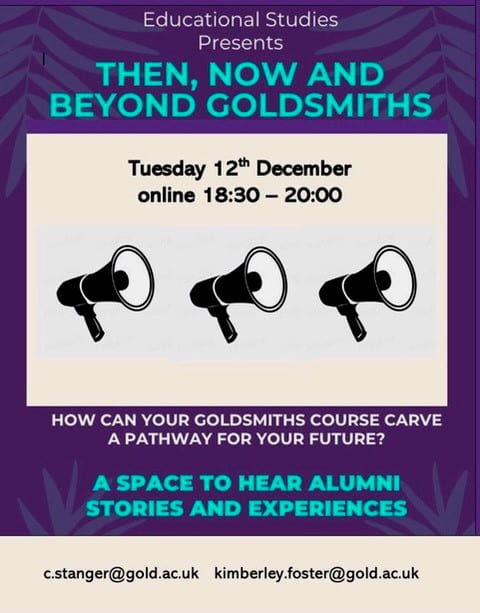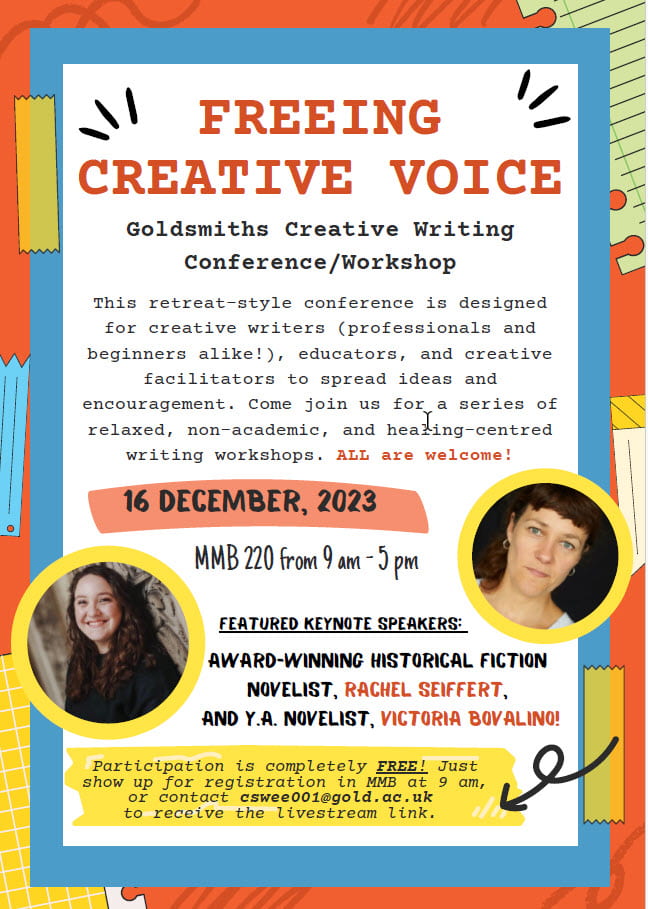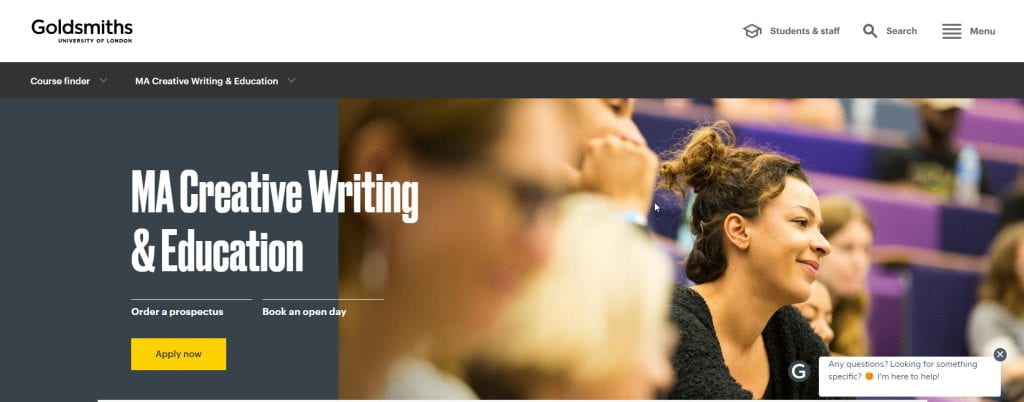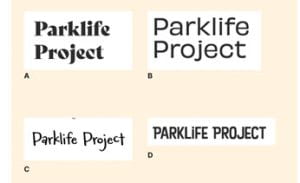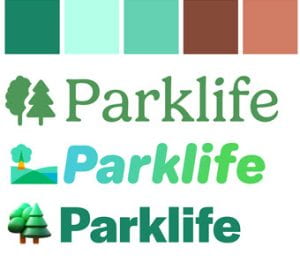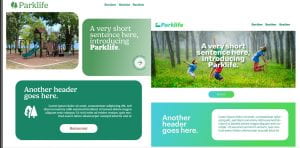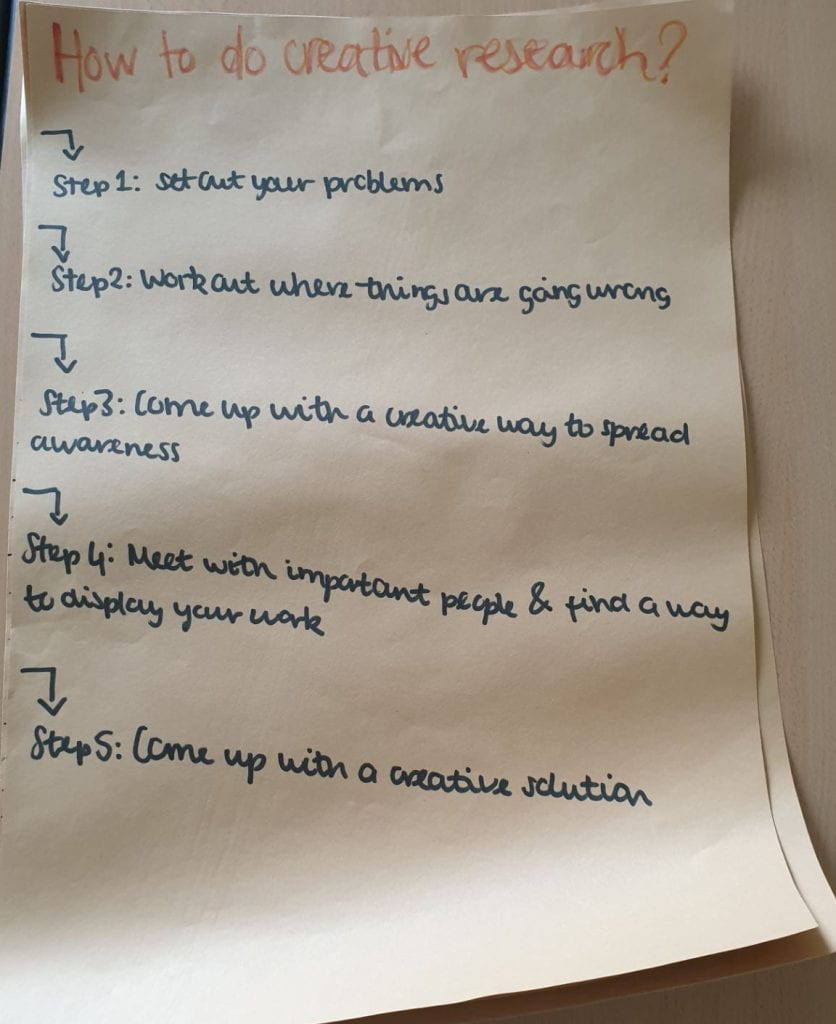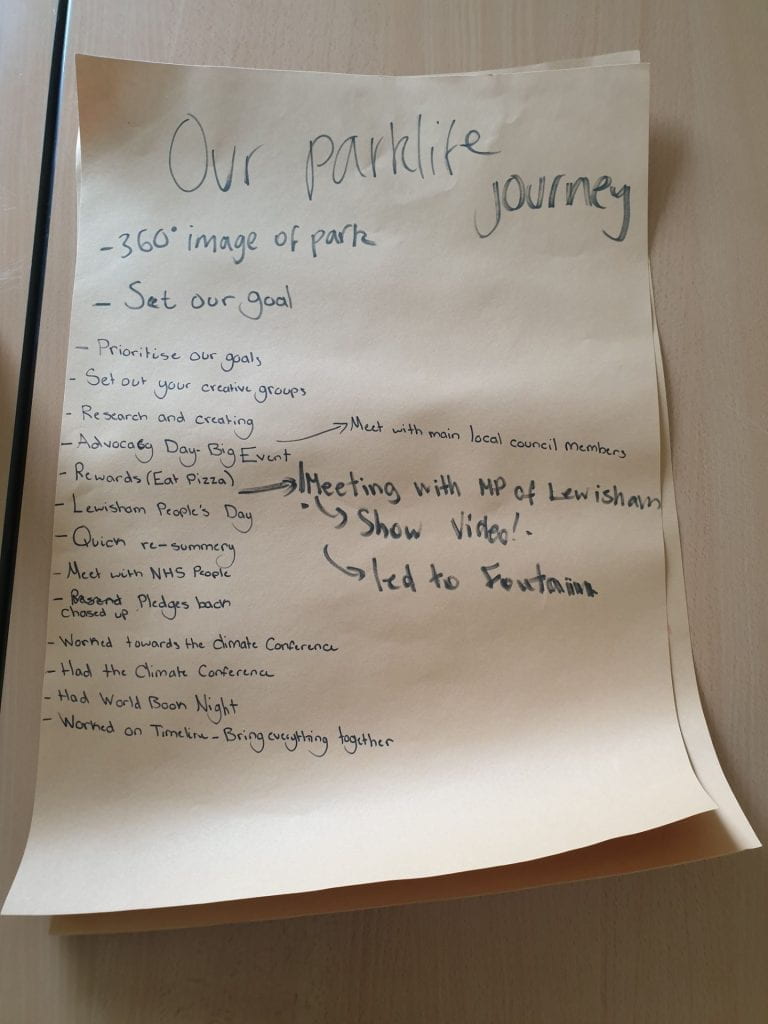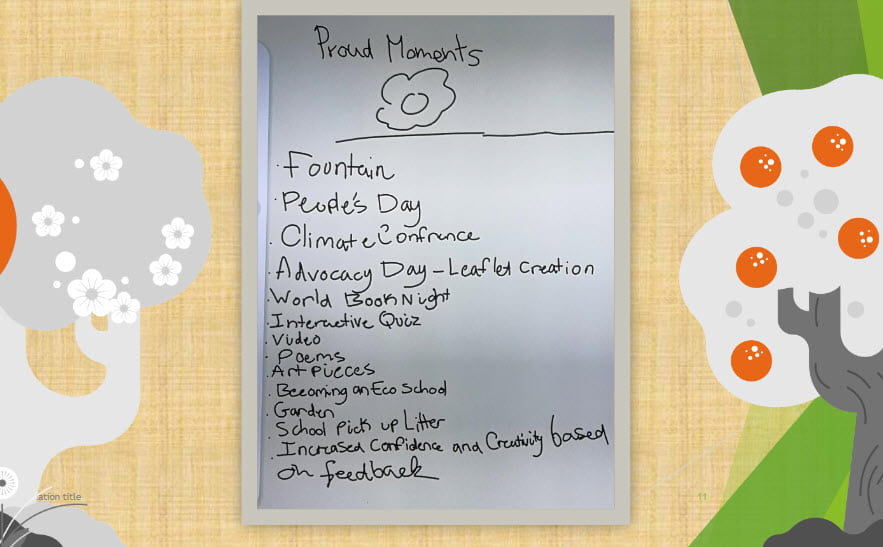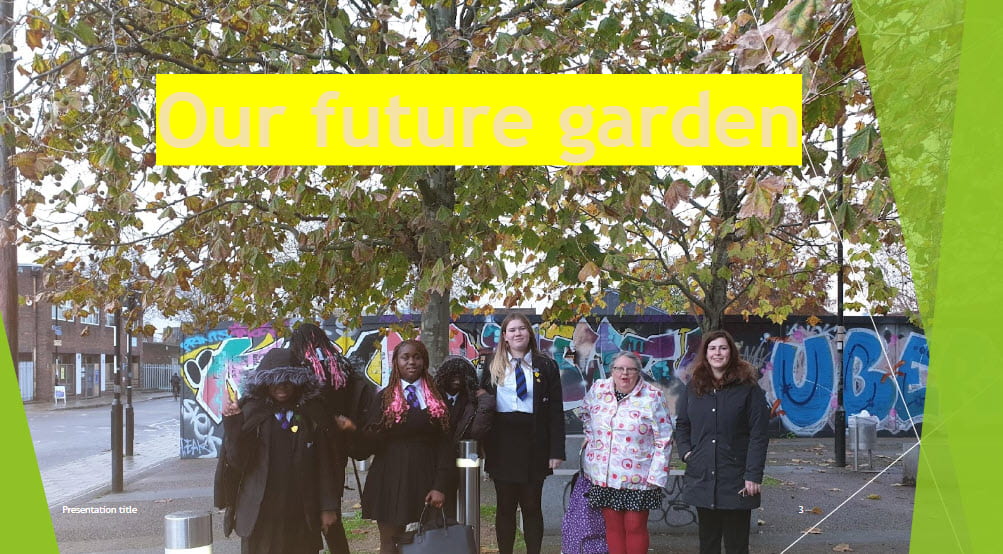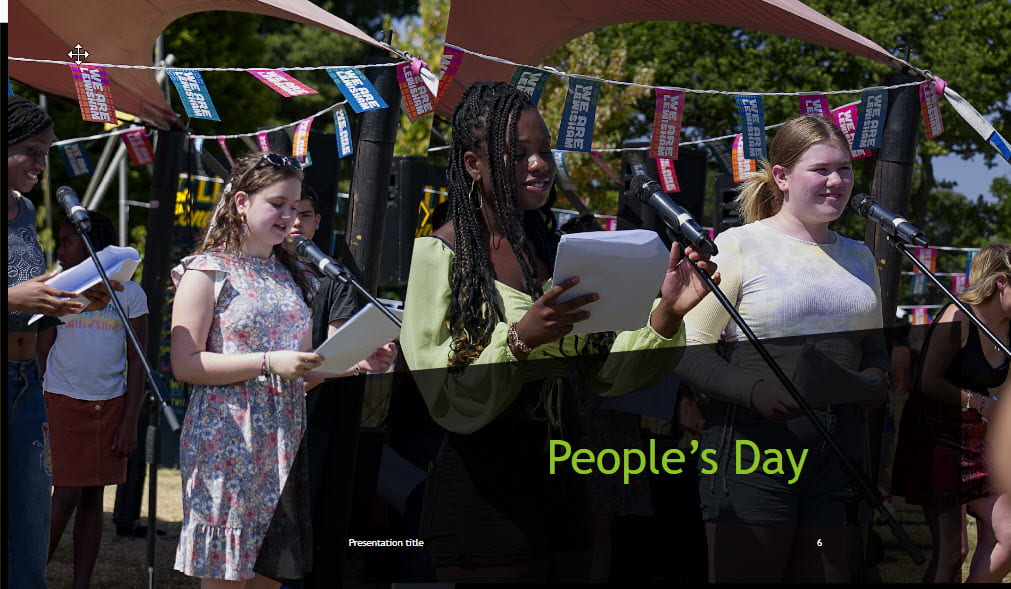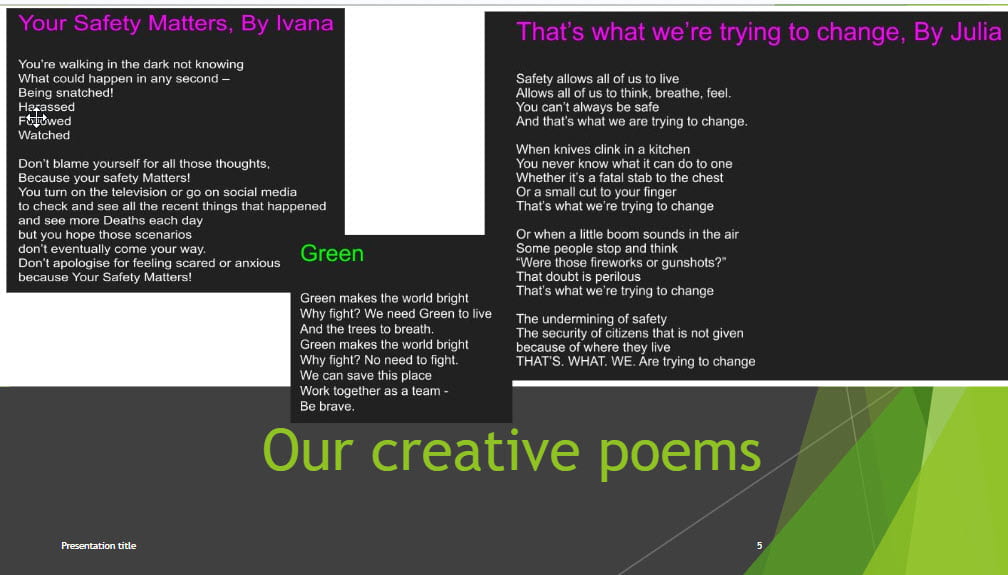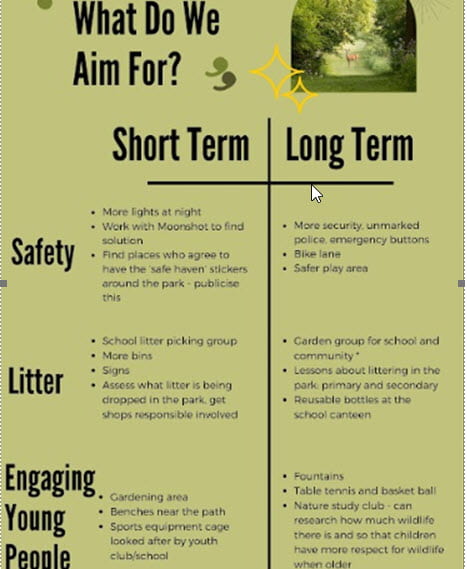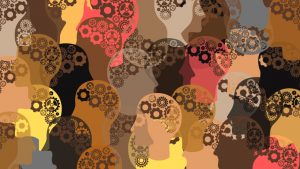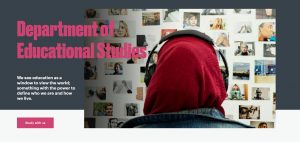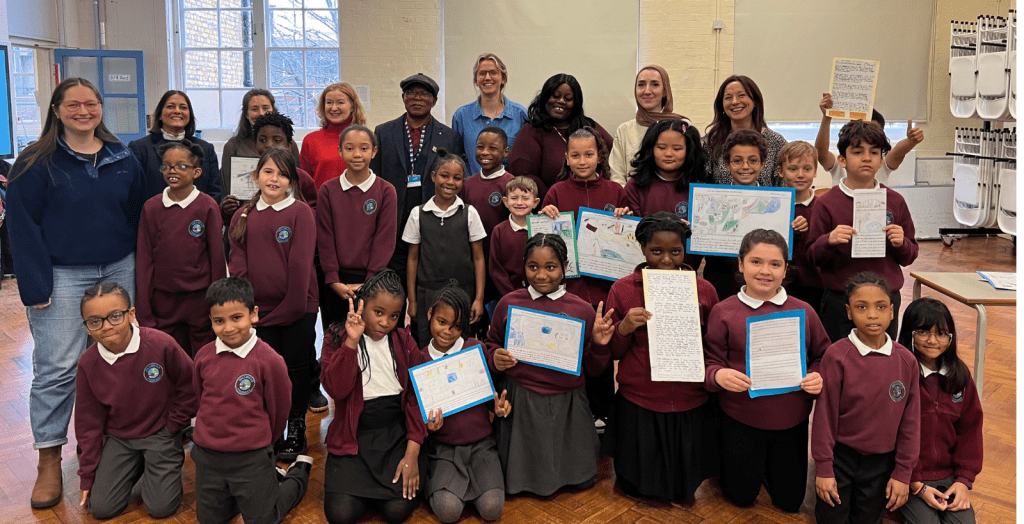
It’s a cold, rainy morning outside Hillmead Primary School, but inside their assembly hall, the Year 3/4 (8-9 year olds) pupils are happy and engaged. Some of their classmates are delivering speeches about what they want from their local parks to three Lambeth councilors:
- Councillor Rezina Chowdhury – Deputy Leader of Lambeth Council and Cabinet Member for Sustainable Lambeth and Clean Air, Ward –
- Councillor Donatus Anyanwu – Cabinet Member for Stronger Communities, Leisure and Sport, Ward – Brixton Windrush – Streatham Hill East
- Councillor Scarlett O’Hara – Ward – Brixton Windrush
They’ve been assisted in researching their local park – Brockwell Park – by their teachers and Goldsmiths’ research partners and the “Soak Up Lambeth” Team at Lambeth Council. They have turned their research into powerful resources, including pictures of their perfect parks, leaflets to promote their ideas and persuasive speeches to convince their council to take action. The whole Parklife project is part of research set up by myself at Goldsmiths in 2022 from Strategic Funding from the Goldsmiths’ Research office and British Academy SHAPE funding. This academic year, 2023-2024, SHAPE funding has been used to support work in primary schools led by:
- Laura Dempsey, founder of Volunteers for Future who deliver action-led climate programmes that equip young people with the skills, tools and confidence to build a better future for all
- Rebecca Deegan, founder of I Have a Voice, an organisation which helps young people advocate for change.
Building on our previous Parklife project at John Donne Primary School, Laura and Rebecca have worked intensively with primary schools in Lambeth and Tower Hamlets to produce a ‘Parklife Toolkit’ which will enable primary schools and community groups working with young children to encourage them to become creative researchers into their local parks. Approximately 60 Year 3/4 pupils conducted research into Brockwell Park by visiting it, making observations about it, interviewing park users, and producing creative responses to the parks. In particular, they were encouraged to draw and label their perfect park:
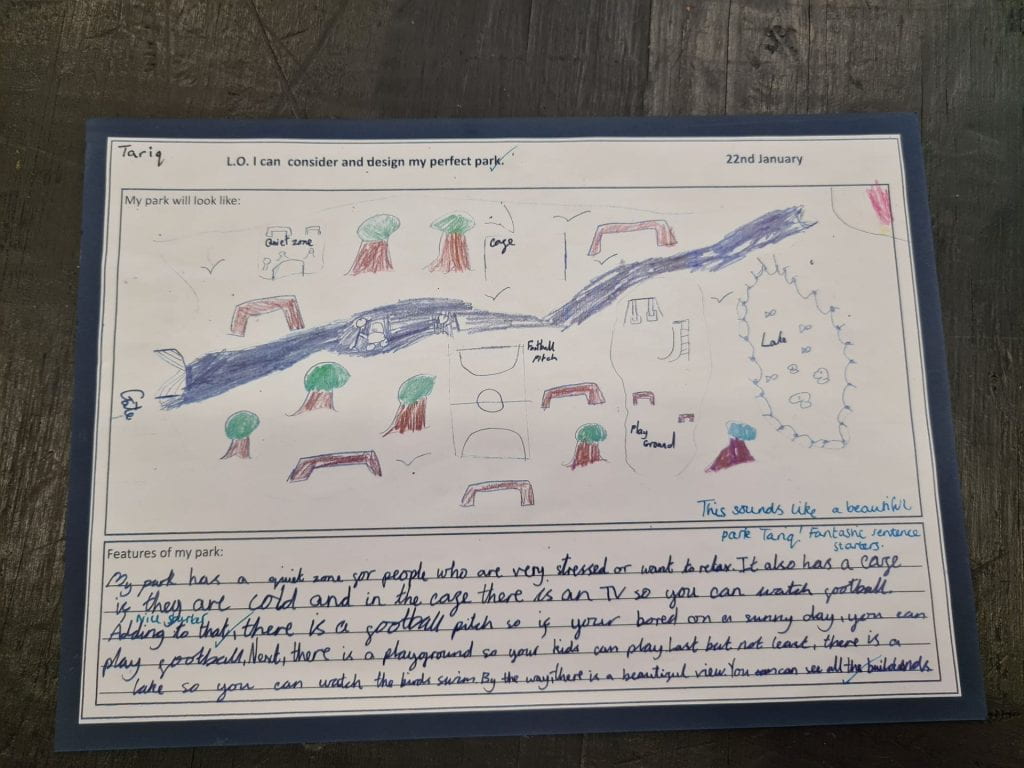
The pupils also wrote speeches for their local councillors about how they would like Brockwell Park to be improved. Four key points emerged from their lively, entertaining speeches:
More wildlife areas. Many of the speeches outlined the pupils’ desire for Brockwell Park to become more of an ecological haven for animals, birds, bees, insects, and for plants and trees. One pupil memorably looked the councillors in the eye, and said, ‘I need you to jump out of your seat and go plant more flowers!’
- Greater safety. The speeches often spoke about the pupils’ fear of dogs in the park. Many speeches asked for dog-free zones and/or designated areas for dogs.
- Greater accessibility. Pupils wanted better access for wheelchair users in the park, and for people with mobility issues.
- More facilities for playing. Many of the speeches spoke about the need for more sports facilities in the park, and for the existing areas of the park not to be flooded when it rains so children can play there easily.
The councillors were all very impressed with what the pupils said, and invited a group to go and speak at the full council meeting when it is in session.
Cllr Chowdhury, cabinet member for Sustainable Lambeth and Clean Air, said: “The pupils at Hill Mead Primary School have been working incredibly hard to think about how they could suggest actual improvements to Brockwell Park. “They had three clear suggestions for us: create more biodiversity and habitats for wildlife, have separate places for people to play and walk their dogs, and to introduce more drainage to stop the park getting too muddy when it rains heavily. Their work was truly impressive, and they were really interested in how Brockwell Park can be improved by introducing measures to prevent flooding or what we can do to support the wildlife who live there. We will keep the pupils’ work in mind when we consider further enhancements to Brockwell Park and we really value their contribution.”
You can read more about this event on Lambeth’s website: Hill Mead Primary students pitch their Brockwell Park improvement ideas – Hill Mead Primary students pitch their Brockwell Park improvement ideas – Love LambethLove Lambeth
